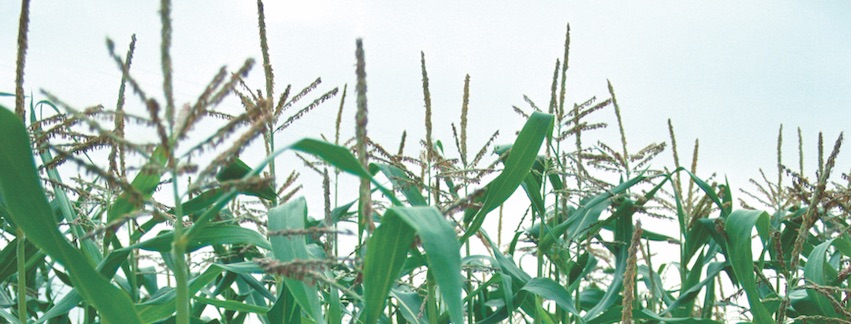It was a challenging spring planting season for farmers throughout the Midwest. In a “normal” year, local farmers like to get their corn and soybean seeds planted between mid-April and mid-May. 2018 was ideal—with a warm and fairly dry May, most of Illinois’ corn crop was planted within a week’s timeframe. The result was record yields last fall.
But every year in farming is different, and 2019 is no exception. Oftentimes it seems farmers need to have the mindset of expecting weather just the opposite of what was experienced the previous season. The same can go for marketing crops as well.
The Planting Challenge
This year, the months of April and May were cold and wet. There were only a handful of days in late April and again around the third week of May during which farmers could get any crops planted. Even then, field conditions were not ideal for planting. The soil was still wet in many fields, but as the days flew by and the end of May approached, time became a critical factor. Finally the weather cleared and the fields began to dry out. Tractors and planters were running full steam, and the majority of Illinois’ crop was planted the first two weeks of June.
Patience during the busy planting season is a difficult task. If the soil is wet, it’s best to wait until it dries out before planting commences. Wet field conditions cause compaction of the soil—especially with today’s large and heavy farm equipment. Researchers estimate that 60 to 70 percent of compaction in a field occurs during the first trip across it.
Basic soil agronomy indicates that the soil profile is about 25 percent air, 25 percent water, 45 percent minerals and five percent organic matter. Minerals consist of sand, silt and clay particles—with sand being the largest and clay the smallest. Organic matter consists of decayed plant material and increases the soil’s water-holding capacity. Typically the higher percentage of organic matter, the better the soil.
One of the key “ingredients” of healthy soil is the 25 percent that is air. Roots need air to supply the aboveground plant with nutrients. When compaction occurs under wet field conditions, the soil particles are mashed closer together and the air is squeezed out. Roots have a very difficult time penetrating compacted soil.
In July and at least the first half of August, we had a hot and dry scenario that exasperated plants in compacted soils. A drive in rural Peoria County revealed corn leaves rolling—a sign the corn plants are under stress and lack access to water.
Entering the Fall Harvest
So, what do farmers face heading into the fall harvest season? First, it’s likely to be long and drawn-out. Because some acres were planted in April, a few more in May, and the rush in early June, we should expect a broad harvest timeline beginning in September. When will harvest end this year? Time will tell.
Farmers will be sure to keep a keen eye on any cold weather systems rolling through the Midwest this month. An early September frost would not be a welcome sight, especially for the soybeans planted in June. Late-planted crops need a frost-free fall to maximize their potential.
It’s hard to remember a spring as wet as this year’s. Even with modern seed genetics and precision-farming equipment, the weather must cooperate to grow a crop. In 2012, we discovered the best seed genetics will not produce a crop if rain doesn’t fall. In 2019, the newest, cutting-edge farm equipment could not contribute if it was sitting idly in the shed waiting for the fields to dry out. Experienced farmers have learned this is an occupation where you will never know it all. If you think you do, a humbling experience is likely right around the corner. PM




